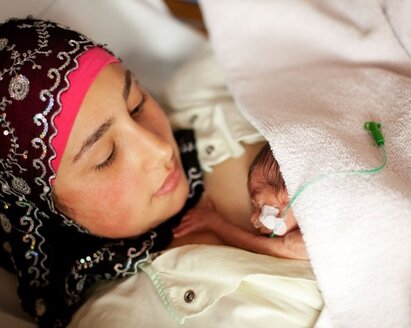You are currently viewing:
Medela - English
You can select an alternative Medela website in one of these countries:
Products
Shop now
Pumps
Extra Pump Parts
Maternity & Pumping Bra
Bottles & Bags
Cleaning
Breast Care
Special Feeding Needs
NICU
Pacifiers
Bottles & Bags
Hospital-only products
Breast milk storage bottles
Easy Pour Breast Milk Storage Bags
Cooler Bag breast milk storage
Spare Teats
Breast Milk Storage Bottle Spare Parts
Cleaning
Quick Clean™ Microwave bags
Quick Clean™ breast pump & accessory wipes
Quick Clean™ Breast Pump & Accessory Sanitizer Spray
Breast Care
Breast massage oil
Organic Nipple Cream
Purelan™ lanolin cream
Hydrogel pads
Milk Collection Shells
Contact™ Nipple Shields
Safe & Dry™ disposable nursing pads
Ultra-breathable nursing pads
SoftShells™ breast shells
TheraShells™ Breast Shells
Hands-free Electric
Freestyle™ Hands-free Breast Pump
Pump In Style® Hands-free Double Electric Breast Pump
Swing Maxi™ Hands-free Electric Breast Pump
Classic Electric
Pump In Style® with MaxFlow™ Breast Pump
Swing Maxi™ double electric breast pump
Sonata® Smart double electric breast pump
Symphony - No 1 Hospital Pump
Symphony PLUS® breast pump
Symphony hospital disposable pump sets
PersonalFit™ PLUS breast shield
Symphony® breast milk initiation kit
Symphony® breast milk initiation kit with silicone tubing
Symphony® & Harmony® Double Breast Pump Kit - Sterile
Symphony Single Pumping Kit
Pediatric Breast Pump Kit with Harmony
Tubing
Replacement tubing for Freestyle Flex™ and Swing Maxi™ breast pump
SNS™ Tubing & Valve Set
Tubing for Medela Hands-free collection cups
-
Products
- Products
- Shop now
-
Pumps
- Pumps
- Hands-free Electric
- Classic Electric
- Manual
-
Symphony - No 1 Hospital Pump
- Symphony - No 1 Hospital Pump
- Symphony PLUS® breast pump
- Symphony hospital disposable pump sets
- PersonalFit™ PLUS breast shield
- Symphony® breast milk initiation kit
- Symphony® breast milk initiation kit with silicone tubing
- Symphony® & Harmony® Double Breast Pump Kit - Sterile
- Symphony Single Pumping Kit
- Pediatric Breast Pump Kit with Harmony
- Extra Pump Parts
- Maternity & Pumping Bra
- Bottles & Bags
- Cleaning
- Breast Care
- Special Feeding Needs
- NICU
- Pacifiers
- Articles
- Medela Family
- Services
- Hospital & Healthcare Professionals
- Shop Finder





